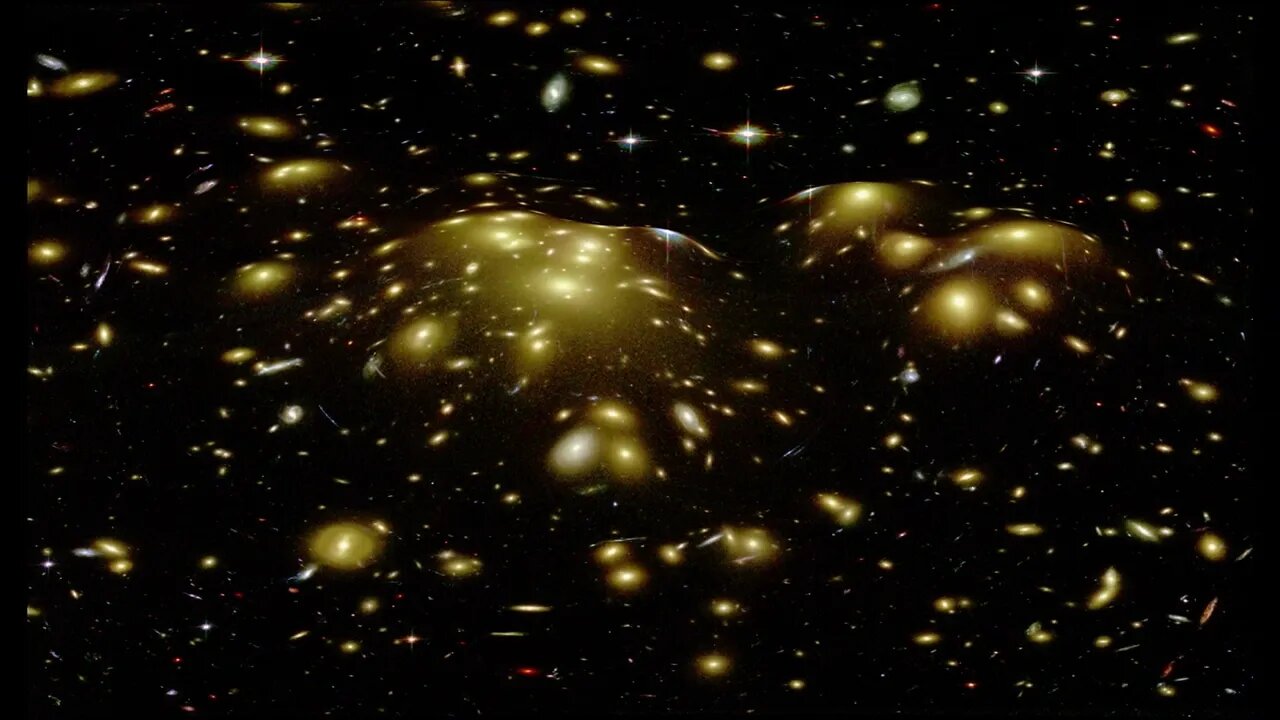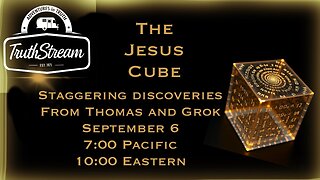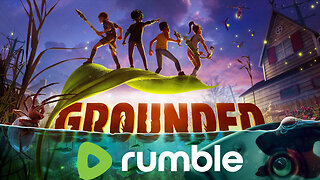Premium Only Content

Cosmic Illusions: Journey Through Abell 1689's Gravitational Wonderland
Welcome to Styx AI, a pioneering force in the field of image processing for medical and astronomical applications. With our deep-rooted expertise and innovative techniques grounded in quantum mechanics, we are revolutionizing imaging across diverse industries. Our relentless pursuit of technological advancements drives us to develop and validate software that uncovers new information and insights about the vast universe. By harnessing pristine astronomical imaging data, we enable groundbreaking discoveries and advance the field of image processing, leading to remarkable insights.At Styx AI, our cutting-edge image decomposition techniques empower us to extract highly accurate features, reconstruct images, and provide invaluable insights into the intricate structural morphology of target images. Through our meticulous process, we possess the ability to deconstruct an image into a nearly infinite number of segments, expertly reconstructing them to unveil hidden depths and previously obscured details. As part of our ongoing endeavors, we are actively developing advanced 3D depth models that elevate image processing to new dimensions.In this captivating image captured by NASA's Hubble Space Telescope's Advanced Camera for Surveys (ACS), we are treated to a breathtaking sight. A massive cluster of yellowish galaxies appears ensnared within a mesmerizing red and blue spider web of eerily distorted background galaxies. This awe-inspiring picture showcases the phenomenon of gravitational lensing, made possible by the immense gravitational pull of the trillion stars and dark matter within the extraordinary galaxy cluster known as Abell 1689. Acting as a two-million-light-year-wide "lens" in space, the gravitational influence of this cluster bends and magnifies the light from galaxies located far beyond its reach. Remarkably, some of the faintest objects captured in this image are estimated to be over 13 billion light-years away, offering us a glimpse into the early universe (redshift value 6).While gravitational lensing has been previously studied by Hubble and ground-based telescopes, this ACS image provides an unparalleled level of detail. It reveals ten times more arcs than what would be visible through ground-based telescopes, thanks to the ACS's exceptional sensitivity and superior image resolution compared to previous Hubble cameras. The picture presents an immense jigsaw puzzle for Hubble astronomers to spend months untangling. Interlaced with the foreground cluster are thousands of galaxies, which represent lensed images of galaxies from the background universe. Detailed analysis of these images promises to shed light on various aspects of astrophysics, including galaxy evolution, the curvature of space, and the mysteries surrounding dark matter. The picture stands as a remarkable testament to Albert Einstein's prediction that gravity warps space and distorts the paths of light.Join us on an extraordinary journey as we explore the captivating wonders of Abell 1689, delving into its gravitational lensing effects and unraveling the mysteries it holds. Through our advanced image processing techniques, we strive to unlock deeper insights into the workings of the cosmos and contribute to the ever-expanding frontiers of knowledge.
Credit:NASA, N. Benitez (JHU), T. Broadhurst (The Hebrew University), H. Ford (JHU), M. Clampin(STScI), G. Hartig (STScI), G. Illingworth (UCO/Lick Observatory), the ACS Science Team and ESA
3D image models, video, and filters: STYX AI
#styxai #quantummechanics #astronomicaldiscoveries #gravitationallensing #astrophotography #Abell1689 #hubblespacetelescope #cosmicwonders #astronomy
-
 1:05:23
1:05:23
Man in America
16 hours agoSoaring Gold Exposes the Imminent Crash of the Old System w/ John Perez
43.3K9 -
 2:42:40
2:42:40
TruthStream with Joe and Scott
17 hours agoTHOMAS AND GROK: AI, Bible decodes, The JESUS Cube live 9/6 #487
29.9K9 -
 2:34:46
2:34:46
BlackDiamondGunsandGear
11 hours agoGet Prepped / After Hours Armory / LIVE SHOW /
20.2K1 -
 2:01:39
2:01:39
Tundra Tactical
10 hours ago $8.30 earned🛑LIVE NOW!! This spits in the face of the Second Amendment.🛑
31.2K8 -
 2:34:46
2:34:46
DLDAfterDark
8 hours ago $2.51 earnedIt's SHTF! Do You Have What You Need?? Let's Review Items & Priorities
22.1K6 -
 28:58
28:58
Stephen Gardner
10 hours ago🚨Explosive allegations: Rosie O’Donnell connects Trump to Epstein scandal!?
38.8K79 -
 9:22:47
9:22:47
SavageJayGatsby
2 days agoSpicy Saturday | Let's Play: Grounded
50K2 -
 2:06:27
2:06:27
MattMorseTV
11 hours ago $52.85 earned🔴Vance just went SCORCHED EARTH.🔴
130K191 -
 46:41
46:41
The Mel K Show
16 hours agoMel K & Corey DeAngelis | The Hopelessly Captured Teacher’s Unions: Biggest Threat to Our Children & Future | 9-6-25
38K5 -
 2:52:42
2:52:42
Mally_Mouse
1 day ago🔥🍺Spicy HYDRATE Saturday!🍺🔥-- Let's Play: Grounded
33.7K3